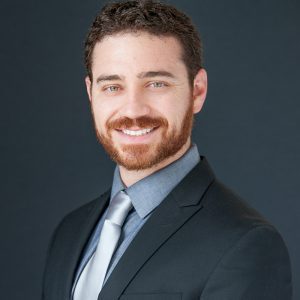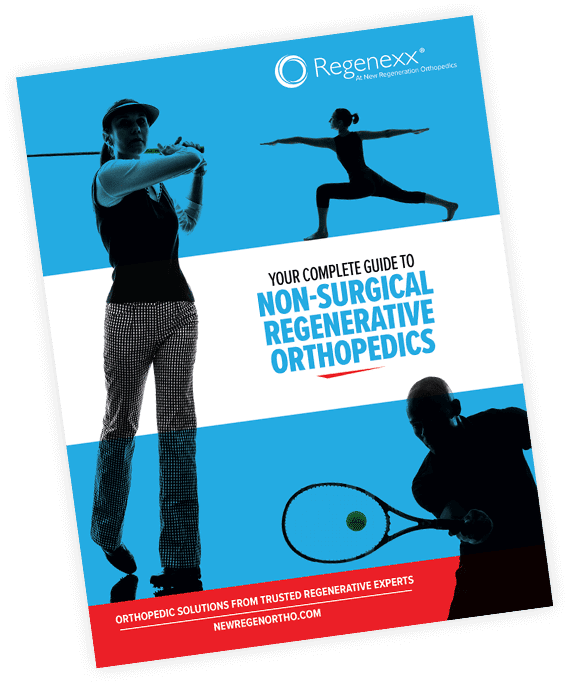In recent years, the interaction between mesenchymal stem cells (MSCs) and platelet-rich plasma (PRP) has garnered significant attention in the field of regenerative medicine. Basic science studies have shed light on the complex mechanisms through which PRP stimulates and attracts MSCs, offering valuable insights into the potential applications of this interaction in various therapeutic approaches.
The Role of Platelet-Rich Plasma (PRP)
Platelet-rich plasma is a concentration of platelets and growth factors derived from the patient’s own blood. It has been widely used in regenerative medicine and tissue engineering due to its ability to promote tissue repair and regeneration. PRP contains various bioactive factors that play a crucial role in modulating cellular responses, including the stimulation of MSC activity and migration.
Stimulation of Mesenchymal Stem Cells
Basic science studies have demonstrated that PRP can stimulate the proliferation and differentiation of MSCs, leading to enhanced tissue regeneration and repair. The growth factors and cytokines present in PRP, such as platelet-derived growth factor (PDGF), transforming growth factor-beta (TGF-β), and insulin-like growth factor (IGF), interact with specific receptors on the surface of MSCs, initiating intracellular signaling pathways that promote cellular proliferation and differentiation.
Attraction of Mesenchymal Stem Cells
The chemotactic properties of PRP play a pivotal role in attracting MSCs to the site of injury or tissue damage. The release of chemokines, such as stromal-derived factor-1 (SDF-1), by the injured tissue in response to PRP application creates a gradient that guides the migration of MSCs to the site of injury. This homing effect is crucial for the recruitment of MSCs, which subsequently contribute to tissue repair and regeneration (1).
Clinical Implications and Future Directions
Understanding the mechanisms underlying the stimulation and attraction of MSCs by PRP has significant implications for the development of advanced regenerative therapies. The synergistic effects of PRP and MSCs hold promise for the treatment of various musculoskeletal, orthopedic, and soft tissue injuries, as well as degenerative diseases. Further research is warranted to elucidate the precise molecular interactions and signaling pathways involved in this complex interplay, paving the way for the development of more targeted and effective regenerative medicine strategies.
Basic science studies have provided valuable insights into the intricate interplay between PRP and MSCs, highlighting their crucial roles in tissue repair and regeneration. The stimulation and attraction of MSCs by PRP represent a promising avenue for advancing regenerative medicine approaches and enhancing the efficacy of therapeutic interventions for various clinical conditions. Further exploration of this interaction at the molecular level will contribute to the development of novel and innovative treatment strategies with the potential to revolutionize the field of regenerative medicine.
References
1. Rubio-Azpeitia, E., & Andia, I. (2019). Partnership between platelet-rich plasma and mesenchymal stem cells: In vitro experience. Muscle Ligaments and Tendons Journal, 04(01),52. https://doi.org/10.32098/mltj.01.2014.10










